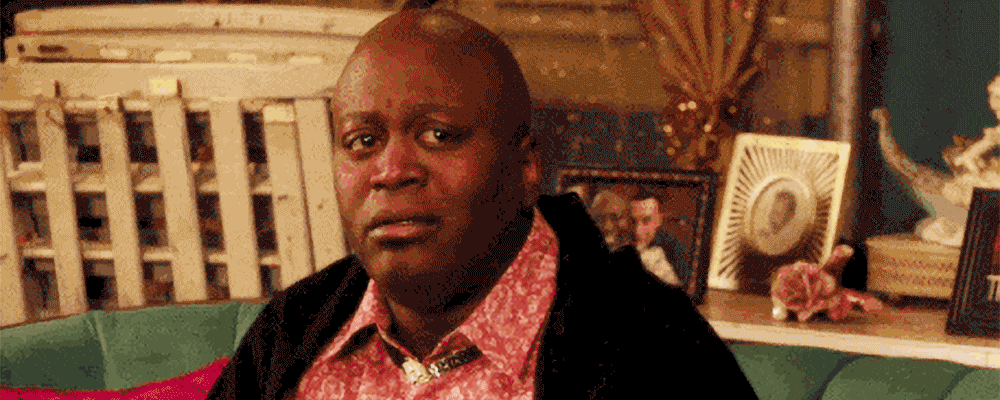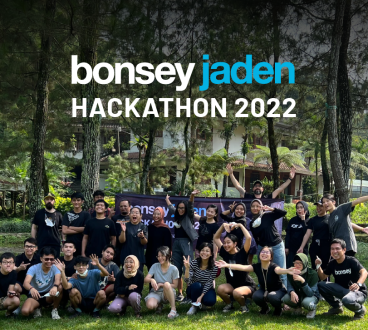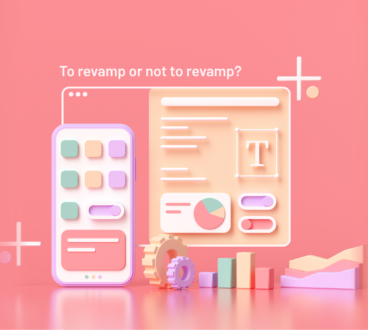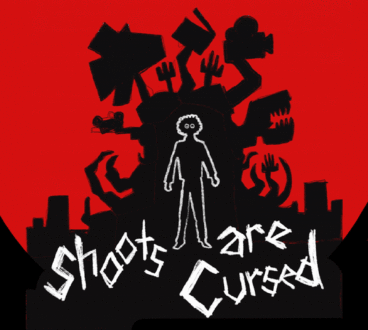Experiments! Yes, no room for delayed gratification on this one. Much like a few great songs that give away their catchy chorus-lines right at the beginning. Boom.
So, what’s the deal with experiments?
Before we get to that, I need to set the right context for this conversation. You may have heard of the 80/20 or 70/30 or 60/40 philosophies that apply to so many things in life. I like to call them “Major / Minor” philosophies.
These philosophies essentially state that ‘a major part of our lives comprises the rigorous, often-times monotonous grind without much reward or with predictable rewards; whereas a minor part contains special highlights with massively satisfying rewards’.
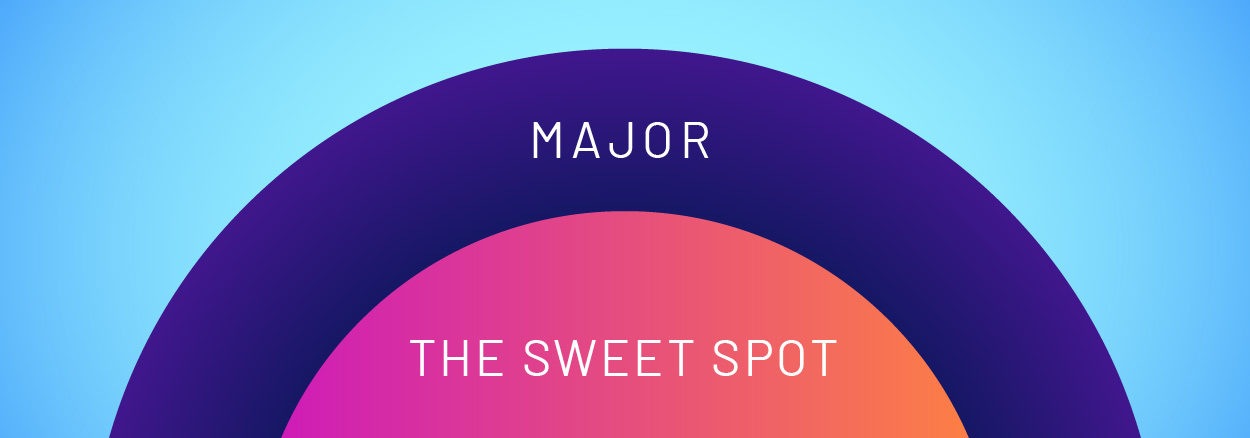
Let’s talk about major-minor philosophies. Picture: Bonsey Jaden, 2020.
To set you in the right direction, this can be said of most jobs, personal goals and many other things. Talk to any credible sports figure secretly, they’d say that they play their sport for free (Minor component of what they do but they get so much more joy out of). What they get paid for is the other, often-times mundane, gut-wrenching stuff that comes along with what they do; such as press/media obligations, shooting for commercials, the daily grind of training, etc (Major component of what they do albeit, with fewer or predictable rewards). You may have experienced this in various shapes and forms in your own life as well; so I hope you get the drift by now.
Of course, this is also applicable to various contexts within the realm of business. For example, one of Google’s work policies allows its employees to pursue “creative / innovative / out of the box things” with 20% of their time. Something that the company pays for. This is because the company believes that 80% of its revenue potential comes from this allowance of free-flowing creative imagination. If you are in the know of Google’s market capitalization numbers, one would say that they’ve done more things right than wrong.
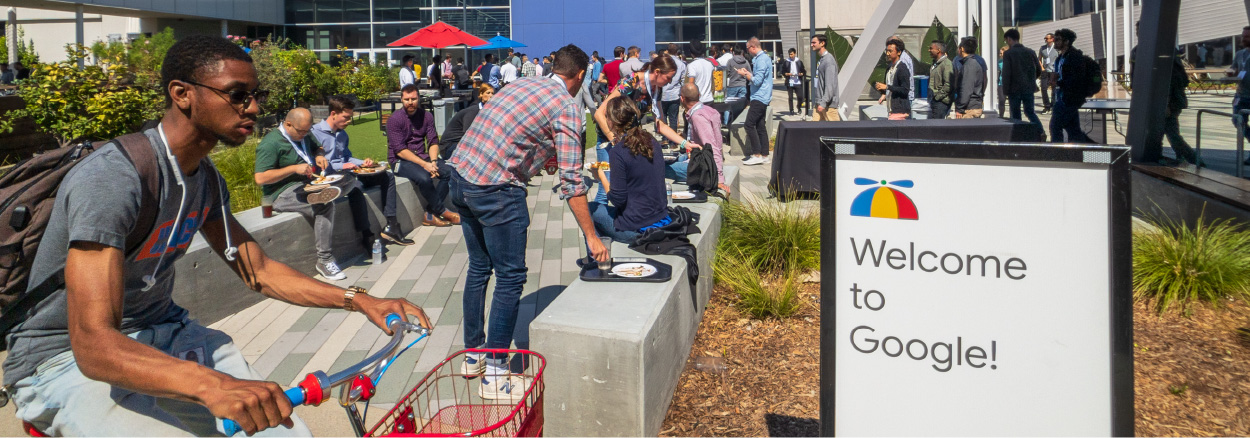
Google has work policies that allow its employees to use 20% of their time to pursue things outside their job scope. Picture: Google office at Mountain View, USA (Shutterstock).
So here’s where the ‘Major / Minor’ philosophy ties in with digital media (or with digital marketing). What I’m saying is that ‘Experiments’ within digital media activities could be this ‘Minor’ aspect of a brand’s strategic approach that could drive great dividends for it. So essentially, this entire blog piece endorses the notion that media folks need to invest a ‘minor’ component of their overall budgets into any reasonable sounding experiment.
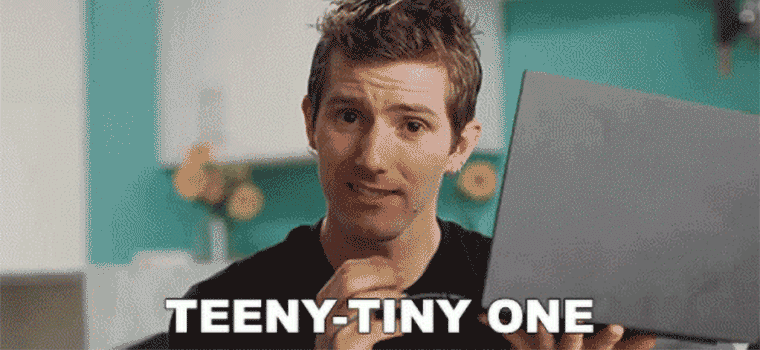
Invest a minor component of your overall budgets for experiments. Picture: giphy
The digital ecosystem is wide and complex so let’s pause for a bit to take a look at what kind of experiments would be possible:
- Experimenting with a new, up and coming digital platform that offers media solutions
Whilst popular platforms such as Google, Facebook, Twitter and Linkedin together form a lion’s share of the advertising ecosystem in most markets, there are other up and coming players with a high user base, offering exciting advertising potential for brands – Ex, Grab, Carousell, Tiktok, Lazada and Spotify to name a few in APAC. This passion to always explore and never settle brings us to be one of the 22 best agencies in Malaysia.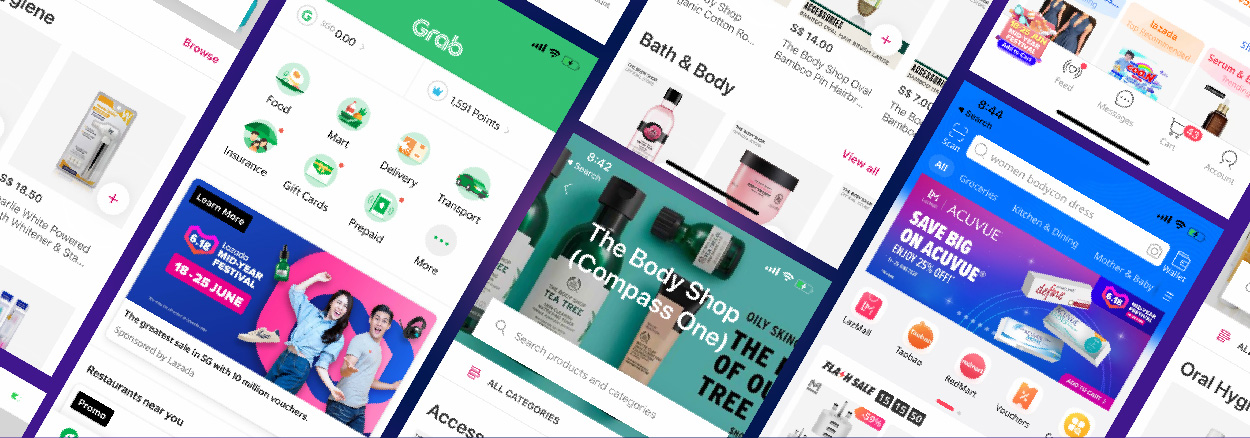
Brands have started utilising new digital media platforms beyond the usual. From left to right: Grab, Pandamart, Lazada. - Experimenting with multiple sets of creative assets or landing pages for ongoing campaigns
(aka A/B tests)
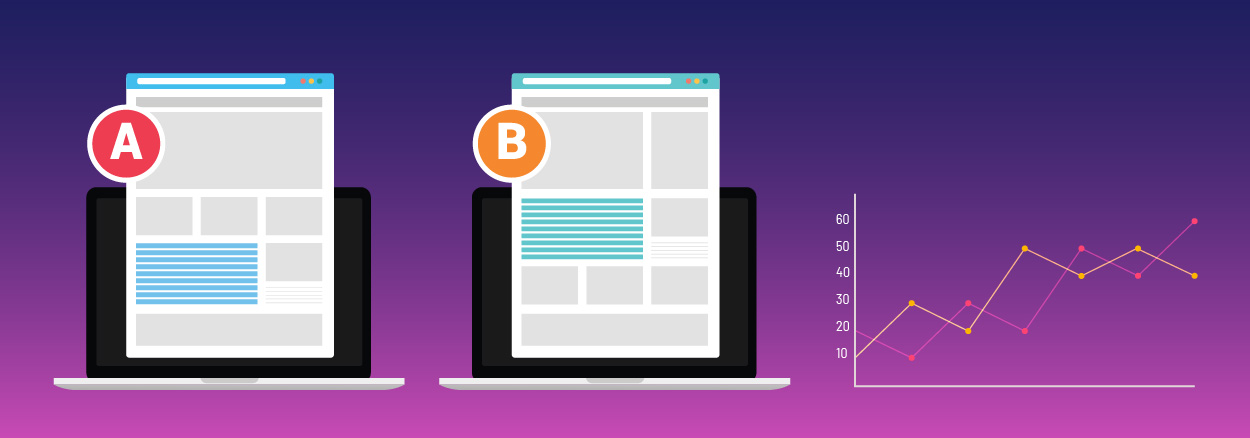
A/B Testing. - Experimenting with different sets of targeting line items across existing campaigns (multiple layers of prospecting audiences for targeting, remarketing, etc)

Think of your retargeting strategy. - To scoot off-topic for a bit, this also works for creative messaging i.e. Experimenting with various offers and incentives in your creative messaging (ex: Does ‘10 Kg extra baggage’ work better than ‘free upgrade to premium-economy seats’ for an airline company when marketing to customers for ticket sales to a long haul flight?)

Your choice of creative messaging makes a difference.
The list goes on and everything goes as long as the experiment makes logical / heuristical sense and is creatively driven. I strongly believe that a good part of the theoretical aspect of digital marketing is all about 2 Cs, call it ‘Nandan’s 2 Cs of digital marketing’ if you will – Creativity and Commonsense!
Of course, since these are “experiments” and thereby, not tried and tested before, some or even most of them ought to not succeed. But once the law of averages catches up and something eventually sticks, it may have the potential to bring in great dividends for brands in the future. The cherry on the cake as far as this goes is that the digital ecosystem allows for crystal clear performance measurement of all your experiments so you can have a tight gauge on things.

Shall we begin Sourcce: giphy
So now that we’ve all the above established, how does one setup up for experiments? In the agency context, one works through multiple stakeholders so it’s critical to approach this in a sound fashion. You may want to follow some of these steps:
A:
Think about what you want to experiment with and ask yourself if it makes sense and if it is creatively driven. If you succeed, will it pay off? (think tangible metrics such as better RoI / more app downloads / higher conversion rate on lead form submissions / higher website visits / a better click through rate on your ads to name a few)
B:
Establish clear goal posts – what are you going to test, for how long and what would you deem as success or failure for the said experiment?
C:
Very important – onboard your internal folks first. Client management / planning teams for alignment on budgets, creative teams for the right asset / messaging strategy, strategy teams on alignment with the overarching strategy
D:
Once you’ve established all of the above, then pitch this experiment to your client

Experiments in the agency realm Source: giphy
Sticking within the agency realm, this approach to your work has massive gains for most stakeholders involved, if not all. Some of them being:
- If you experiment with platforms, you diversify your media strategy. Always helps.
- If you experiment with creative assets, you can potentially help save massive creative production costs for your clients. Who doesn’t like more $$ in the kitty?
- You and your team always keep learning something new. This helps your own confidence, makes you credible at your work and adds more excitement overall. Makes things sustainable in that it adds to motivation levels on the team and helps your professional profile too.
- Perhaps something that your CEO cares for the most, helps you build a trustworthy bond with your most important stakeholder at work, your client. One of the most critical aspects of agency business. People buy from people.
And so many others.
I realize that this has gone on for way too long and I sincerely hope this helps a few digital media souls navigate through their day-to-day a bit more confidently or it gives clients / brand managers valuable insights into how digital media could be approached from an agency’s perspective. Holler at me if you’d like to know more at nandan.samant@bonseyjaden.com or talk to anyone else that you know at BJ!
In my humble summary, I’d say that every media person worth their salt should be pro-experiments. If you never try, you never know. Amen.
